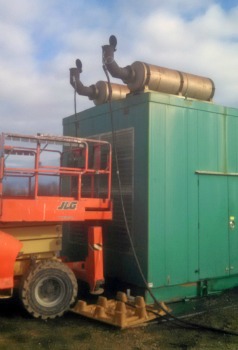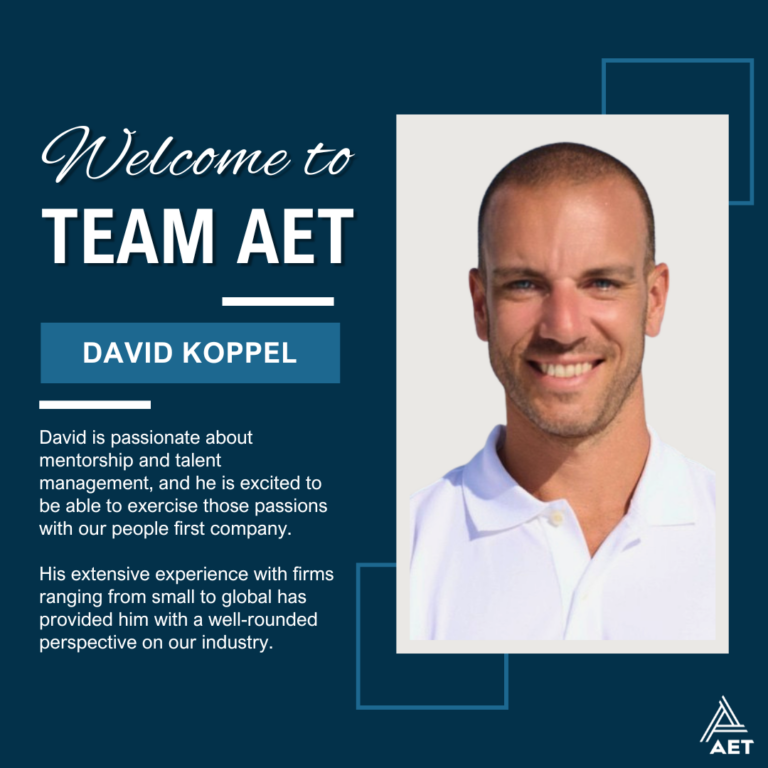We often think of rice as a grain, however, in the federal-speak of Environmental Protection Agency regulations RICE is an acronym for Reciprocating Internal Combustion Engine (basically a big motor) and you wouldn’t think of eating a NESHAP – National Emission Standard for Hazardous Air Pollutants. When it comes to RICE NESHAP Compliance there are a few things we think you should know before your first/next test:
- Internal combustion engines of all types and sizes are regulated under the RICE NESHAP for emissions of carbon monoxide and nitrogen oxides. Our Environmental Field team has experience testing the emissions from internal combustion engines and we can guide you through the myriad regulations surrounding the RICE NESHAP program. We also have experience with many different industries and are able to work around your facility’s special needs and requirements
- For RICE NESHAP testing, scheduling is key. RICE NESHAP testing is generally required every 3 years or 8760 hours of operation (whichever comes first) and EPA requires a 60 day notification for RICE/NESHAP testing. Know when your due dates are coming – stay ahead of the curve. EPA also requires a detailed plan of how and why the testing needs to be done.
- In order to perform the test properly, we work to make sure all EPA deadlines are met by scheduling testing in advance. We also plan for multiple days to allow contingency for weather/facility delays.
- Operational issues and equipment malfunctions with the engine/generator/catalyst combination happen. Problems can be identified through the use of exhaust gas analyzers allowing us to help troubleshoot the engine/catalyst issue.
- The emission test report submittal is critical as EPA requires reports be submitted no later than 60 days after a test occurs. We strive to maintain our client’s good standing with regulators by meeting all deadlines for testing and report submittal.
When your facility is ready for its next test, remember this guide. For more information regarding our air emissions testing capabilities, please visit our Air Emissions Testing service page.



